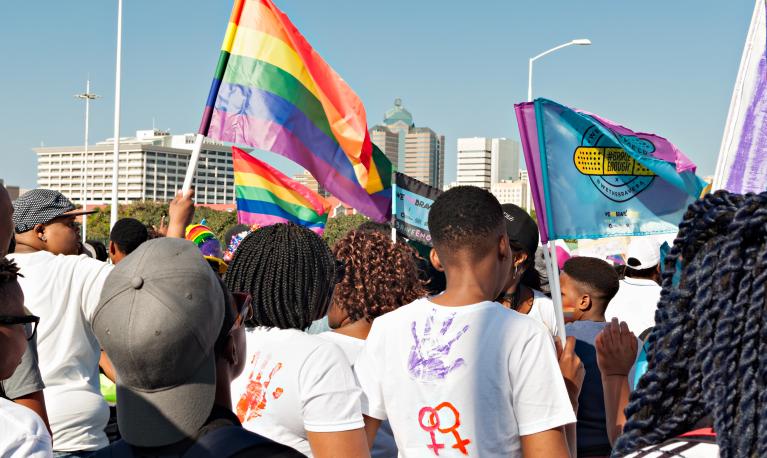
- Blog
- 27 June 2024
Pride Month spotlight: gender-based violence against LGBTQI+ people
- Author: Evie Browne
- Published by: ALIGN
At the end of Pride Month, ALIGN shines a spotlight on how LGBTQI+ people around the world face growing levels of violence; oftentimes because they are perceived to break or challenge gender norms.
While Pride is important to celebrate and show support for LGBTQI+ rights, queer people around the world continue to suffer from deep-rooted oppression, violence, and threat. In all countries, most women and LGBTQI+ people face gender-based violence (GBV) every day.
From low-level catcalling, systemic discrimination and harassment to physical attacks and murder, the world is still not safe for women and LGBTQI+ people. While it is the physical forms of GBV that spring to mind, violence against LGBTQI+ people has many other forms including: sexual, online, threat, hate speech, blackmail, harassment, conversion practices, and structural forms of violence including the criminalisation of queer lives – as this map highlights.
Criminalisation of consensual same-sex sexual acts around the world
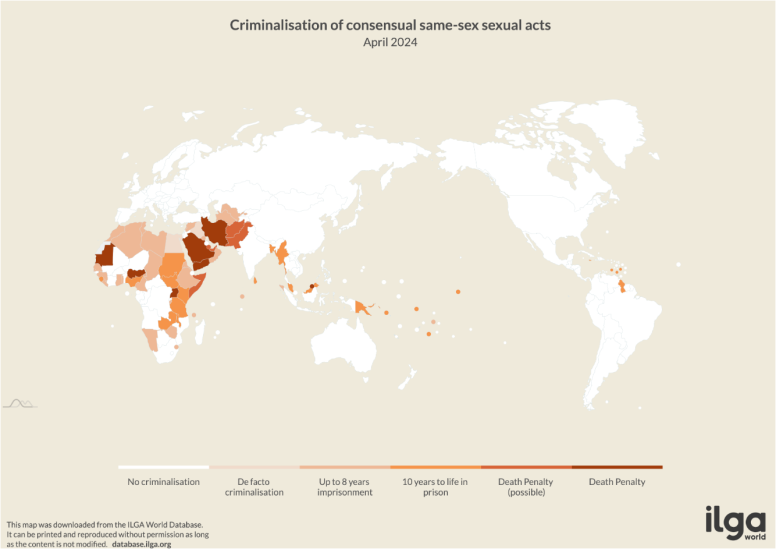
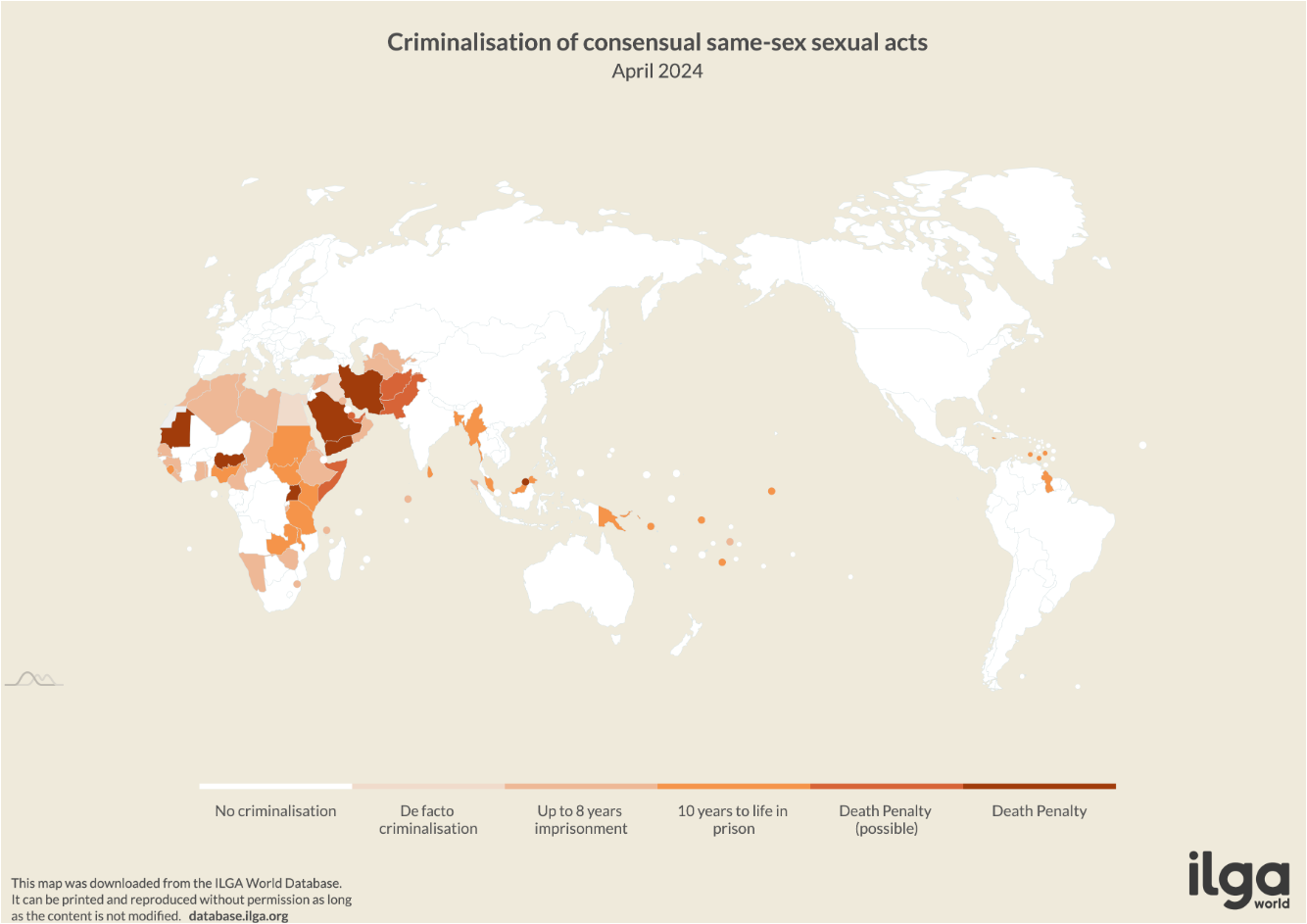
Legal discrimination against LGBTQI+ people is slowly declining, as this below graph indicates – through better legal protections, anti-discrimination policies for workplaces and schools, and increasing access to supportive healthcare.
Decriminalisation by year

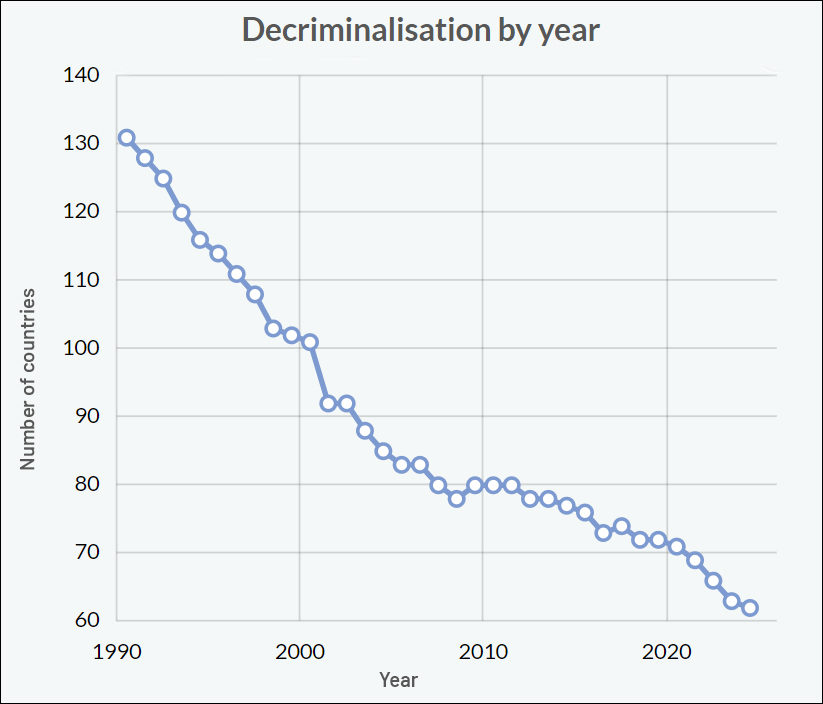
Yet, violence seems to be going up. There are few reliable comparative statistics across countries, but a recent report on Europe provides good evidence of the scale of violence, and there are likely to be similar upward trends in other parts of the world.
Victims of violence in Europe who experienced three or more physical and/or sexual attacks because they are LGBTQI+ in the five years before the 2019 and 2023 surveys (%)
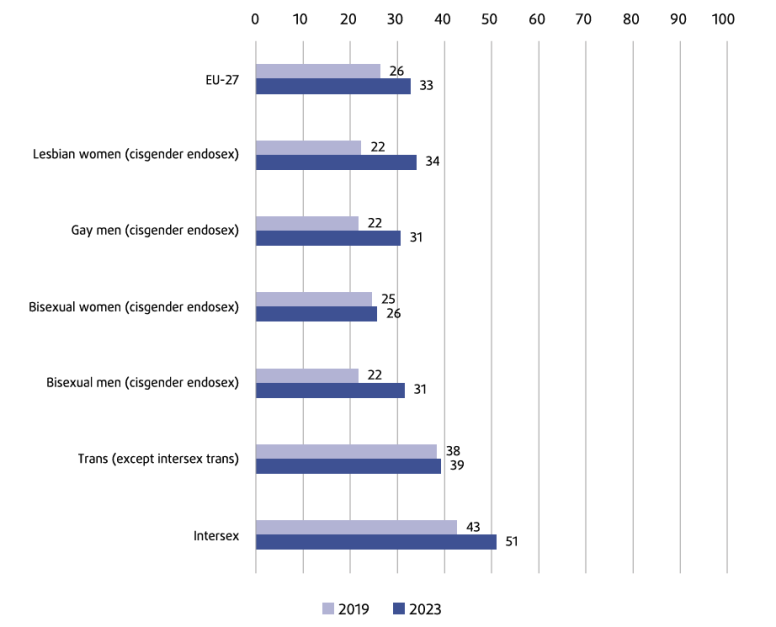

What evidence there is shows that LGBTQI+ people across the world, of all classes, ethnicities and genders, continue to face violence or the threat of violence because of who they are.
Recent examples show an atmosphere of increased hostility. In Uganda, LGBTQI+ activist Steven Kabuye was stabbed and left for dead in January 2023, which some see as a direct result of the country’s oppressive 2023 Anti-Homosexuality Act. Steven survived, and with the help of Rainbow Railroad, escaped to relative safety in Toronto, Canada.
In London, UK, in 2019 a female couple in their twenties were harassed by a group of young men who demanded that they kiss, and then were badly beaten when they refused. And in May 2024, three lesbian women were killed when their boarding room was set on fire in Buenos Aires, Argentina – a brutal act that is widely considered by civil society to be an identity-based hate crime, a designation met with resistance from the right-wing government.
LGBTQI+ people are targeted during Pride Month
While Pride Month is meant to be an annual moment of celebration and remembrance, Pride events can pose a real risk of violence to attendees. In 2016, an armed terrorist attack in Florida, USA, made headline news around the world when 100 people were killed or wounded at Pulse, a gay nightclub that was deliberately targeted during Pride Month. In 2023, hate crimes were committed against Bosnian Pride organisers; and far-right attackers in Georgia burned rainbow flags. And Pride itself was born of violence; with patrons of the Stonewall Inn fighting back against police raids in 1969.

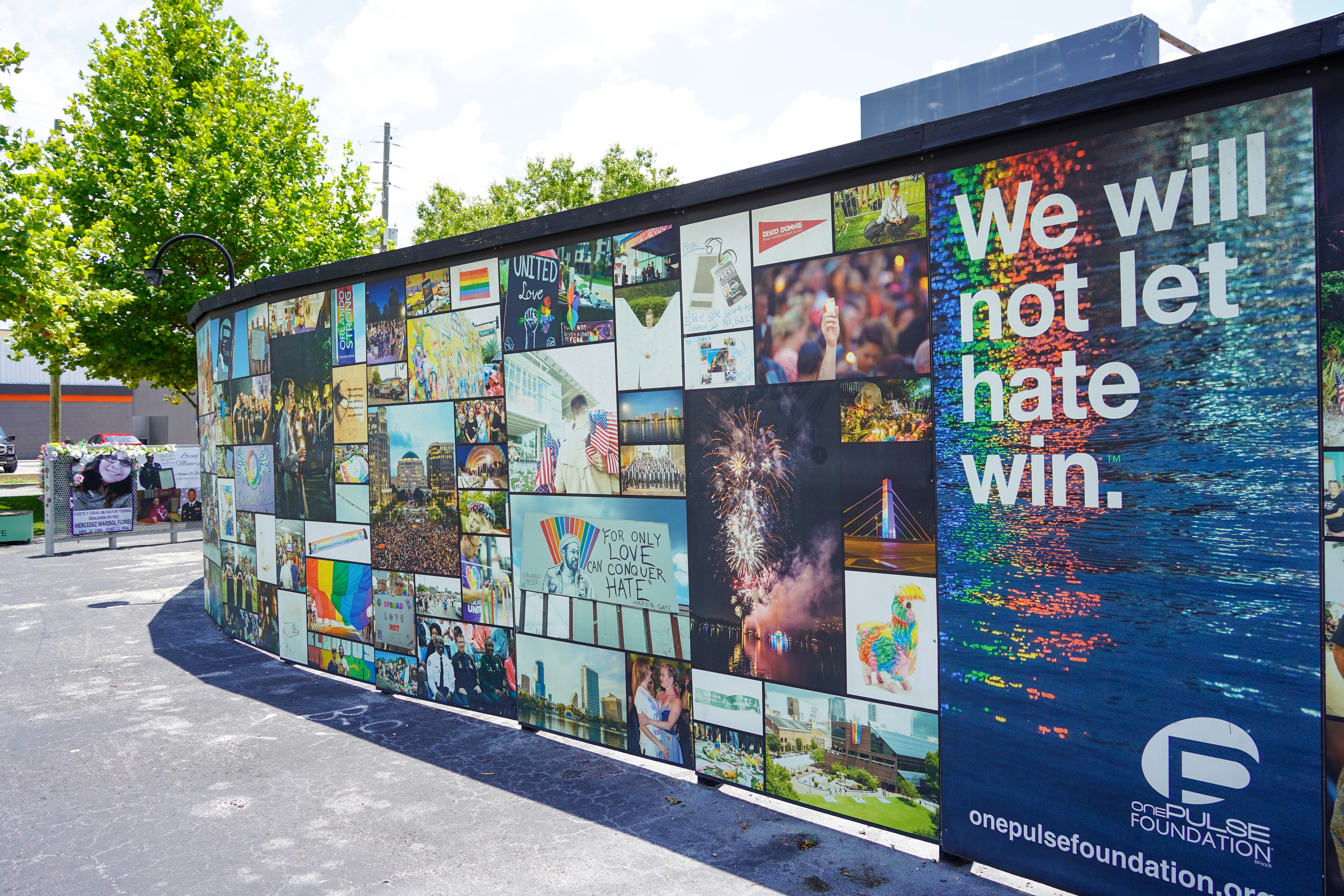
All of these attacks signal a trend of identity-based hate crimes around Pride Month. They can also have a ripple effect, where violence against one LGBTQI+ person sends a message to the rest of the community that they are equally at risk.
Identity-based hate has been weaponised in recent years by ‘anti-gender’ or ‘gender-restrictive actors – a diverse and broad global coalition that is loosely connected by nationalist, right-wing, religious and conservative ideologies. These actors resist LGBTQI+ rights, among other issues such as the right to access abortion and even IVF, as they see the rise of gender equality policies and LGBTQI+ rights internationally as a threat to their power and privilege.
Because LGBTQI+ people often visibly challenge traditional gender norms, anti-gender actors have been able to weaponise LGBTQI+ rights to create fear and a misleading narrative that ‘traditional’, or 'pro-family' ways of life are under threat.
LGBTQI+ people are an easy target and can be used as scapegoats to generate moral panic, and to mobilise fear in reaction to how they do not conform to expected patriarchal norms. This weaponisation helps anti-gender actors to divert attention away from political failures, reinforce the status-quo, and reassert their own power and patriarchal control. Gender-based violence is sometimes a means to this end.
How does violence maintain gender norms?
ALIGN’s ongoing analysis of gender norms provides a framework to help understand the violence that is inflicted on people because of their gender identity or sexuality. Homophobic and transphobic violence is often unleashed because LGBTQI+ people are perceived to perform masculinity or femininity ‘wrongly’.
Lesbian, gay, and bisexual people are perceived to break the gender norm of heterosexuality by challenging the ideas that to be a ‘real’ man, you must like women; and to be a ‘real’ woman, you must like men. Transgender, gender non-conforming, non-binary and queer people may often face violence because they do not uphold the social norm of two fixed binary genders; or because they do not conform to norms of gendered behaviour, roles and expression: for example, refusing to get married, making physical gestures that are seen as ‘too masculine’ or ‘too feminine’, or wearing clothes perceived to be for ‘the other gender’.
More than any internal sense of gender identity or sexual orientation, whether people look ‘different’ has a strong impact on the likelihood of violence. Some research suggests that the more someone diverges from gendered social norms, the more likely they are to experience violence. Transgender women, in particular, are commonly reported to face the greatest risk of violence because their gender expression often makes them highly visible.
We know that GBV can be used as a social sanction or ‘corrective’ to punish and control people who challenge the gendered status quo, and to assert power relations in society. Violence against LGBTQI+ people operates as part of a system of control that signals inclusion and exclusion and that imposes harsh discipline over what is considered acceptable, or ‘normal’ gender and sexuality.
Rights at risk: for how long?
Until gender norms become more equal, and different forms of gender and sexuality become more accepted, it is likely that LGBTQI+ people will continue to suffer violence, especially as gender norms become part of a wider political weaponisation of identity, which is fuelling anti-democratic forces in global politics. Until then, Pride Month will remain important for demonstrating the kind of world we wish to see – a world that protects the human rights values of safety and dignity; and that promotes belonging.
ALIGN research explores how gender norms shift to become more inclusive and tolerant of diversity. Forthcoming research at ALIGN will examine the relationship between gender-restrictive groups and increased violence against LGBTQI+ people.


About the author - Evie Browne
Dr Evie Browne has a PhD in International Development from the University of Sussex with a focus on LGBTQI+ issues and gender normativity among lesbian and bisexual women in Cuba. Her research interests centre on intersectional feminism, gender norms and normativity, sexualities, rights, and social justice. Evie works on a number of projects at ODI including ALIGN.
Related resources
ALIGN guide
17 January 2019
Published by: ALIGN

Blog
19 December 2024
Published by: ALIGN

Report
4 September 2024
Published by: ALIGN, SISMA Mujer
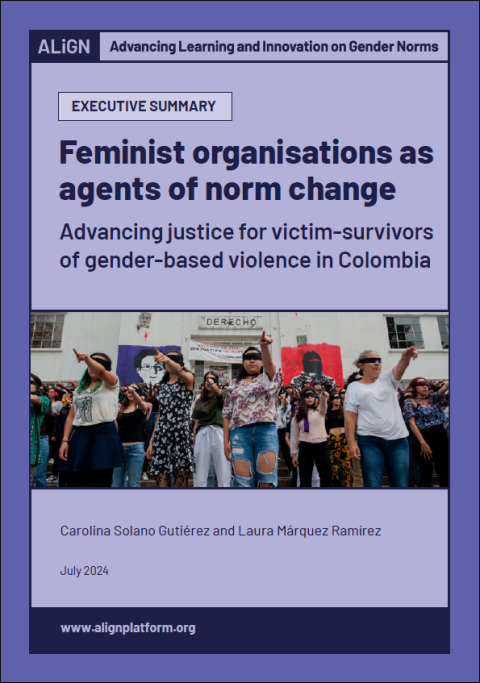
Report
17 July 2024
Published by: ALIGN
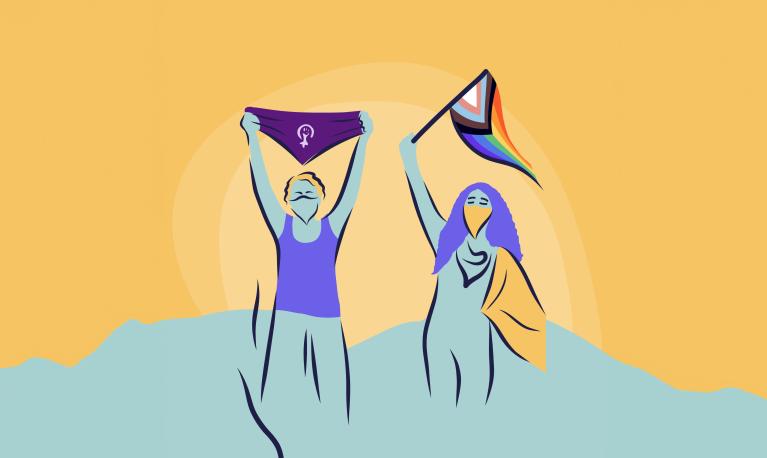
Blog
8 January 2024
Published by: ALIGN
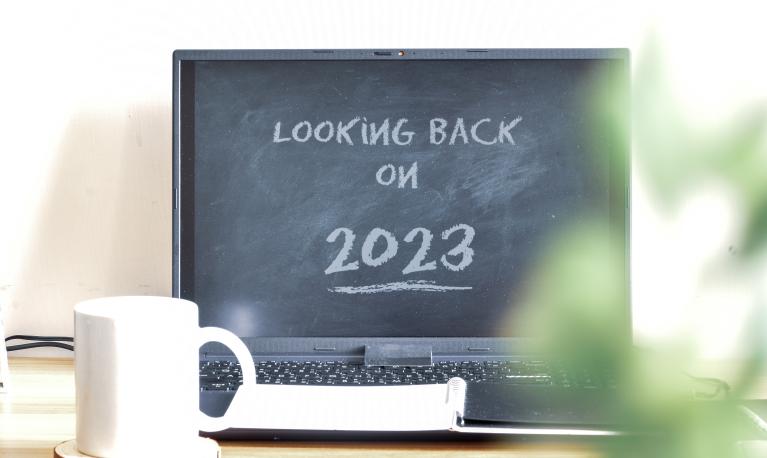
Report
1 January 2024
Published by: The Other Foundation

Report
1 January 2024
Published by: The Other Foundation
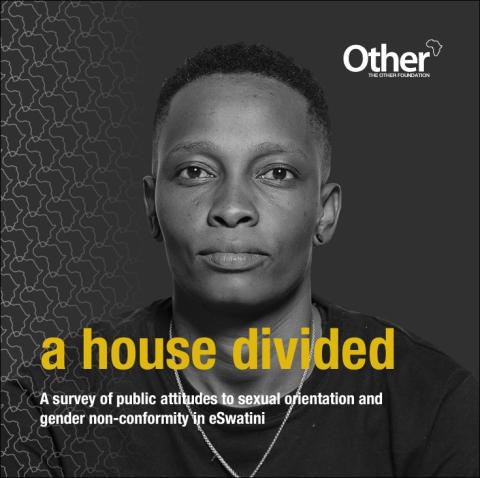
Report
1 January 2024
Published by: The Other Foundation
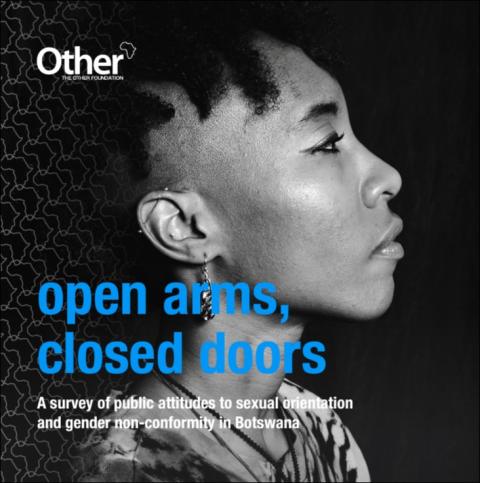
Blog
14 December 2023
Published by: ALIGN

Journal article
30 August 2023
Published by: Sexualities Journal
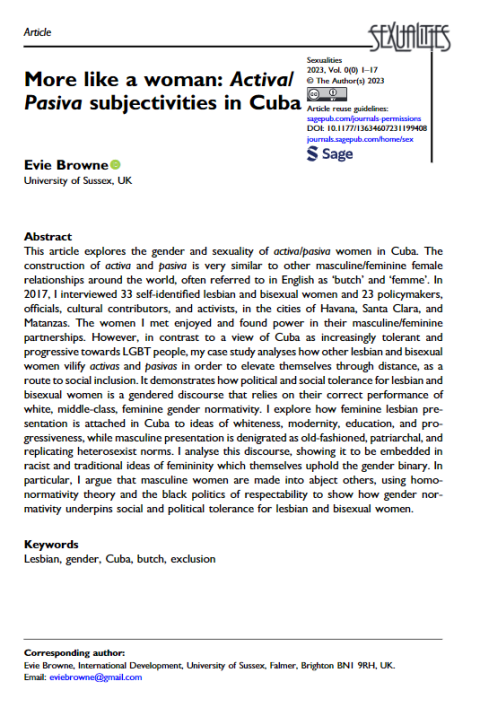
Blog
23 August 2023
Published by: ALIGN
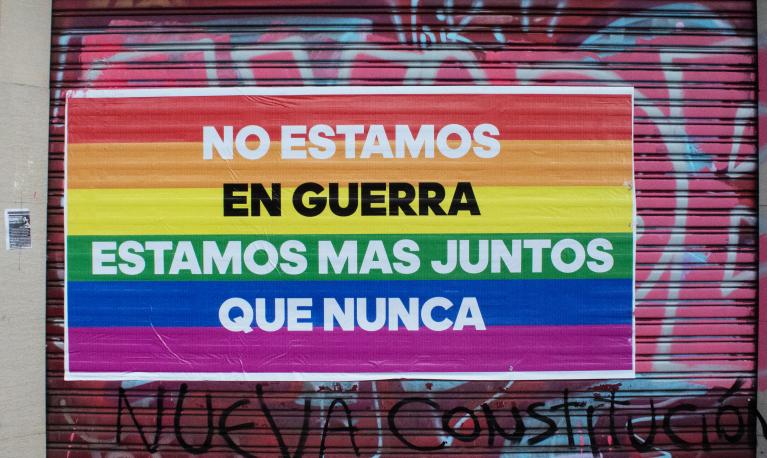
Blog
7 July 2023
Published by: ODI
